What Are Supplemental Procedures?
Supplemental procedures refer to additional steps that may be necessary to prepare the mouth for the placement of dental implants. These procedures are designed to address specific issues that can affect the success of the implant placement, such as insufficient jawbone density, issues with the gums, or other factors that may impact the stability and longevity of the implant. Some common examples of supplemental procedures include bone grafting, sinus lifts, and ridge augmentation.
In certain cases, dental implants may not be the best tooth replacement choice. See how dental implants compare to other tooth replacement options and see how what may be best for you.
Please note that supplemental procedures are not always necessary and the need for them will be determined on a case-by-case basis by your oral surgeon or periodontist. The risks, benefits, and healing times of each procedure must be discussed before implant placement.
Bone Grafting
Bone grafting is used when there’s not enough healthy jawbone present to support an implant. During a bone graft, a small amount of bone is taken from another part of the body, such as the hip or the tibia, or from a cadaver, and is placed in the jawbone to build it up. This procedure can take several months to heal before the implant can be placed.
Sinus Lift
Sinus lifts are typically necessary when the upper jaw has too little bone height or the sinuses are too close to the jaw for traditional implant placement. During a sinus lift, the sinus membrane is lifted and bone is added to the upper jaw to provide enough support for the implant.
Ridge Augmentation
Ridge augmentation is another supplemental procedure used to improve the chances of successful implant placement. When the jawbone has been resorbed, or worn away, leaving a narrow or uneven ridge in the jaw, ridge augmentation may be necessary. During ridge augmentation, bone is added to the jaw to build up the ridge and create a stable foundation for the implant.
Frequently Asked Questions
How long does it take to heal from a supplemental procedure?
Healing time can vary depending on the specific procedure, but bone grafting and sinus lifts can take several months to heal before a dental implant treatment can begin.
Are supplemental procedures always necessary?
No, supplemental procedures aren’t always necessary. Whether a supplemental procedure is required before dental implant treatment depends on the individual case. Some medical conditions may not require a supplemental procedure, while others may require one to achieve the desired implant results.
Will insurance cover the cost of supplemental procedures?
It depends on the specific procedure and the patient’s insurance plan. It’s best to check with the insurance provider to determine coverage.
Get Dental Implant Ready With Supplemental Procedures
Dental implant supplemental procedures are additional steps that may be necessary to prepare the mouth for the placement of dental implants. Learn more about supplemental procedures or dental implants with our Staten Island dentists. Contact our dental office today to schedule your appointment.
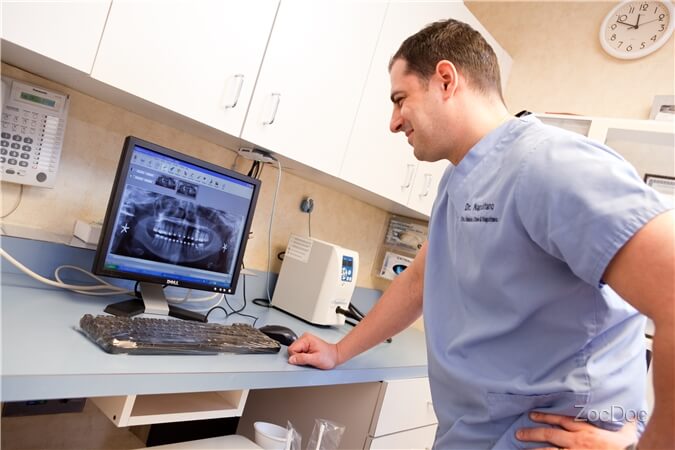


Insurance
We accept many insurances. Please contact one of our Insurance Coordinators to discuss your dental coverage plan.
(718) 948 5111
appointments@sidental.com
Open 7 days a week
Reviews
The dentists are absolutely excellent…
“I have been going here for years. The dentists are absolutely excellent and they always have an appointment available that fits into a busy schedule. I also completed invisilgn and my teeth are perfectly straight now. They also practice preventive medicine and just went in for my 6 month cleaning. Every time feel like I have a new set of choppers and best yet the check up noted no cavities!.”
— J.R
Pleasant visit
“As usual, it was a pleasant visit thanks to Dr. Nasso and her great staff..”
— C.M.
Always treated with courtesy and respect.
“Always treated with courtesy and respect. All of my questions were answered regarding upcoming treatments..”
— J.C.
Smile Profile
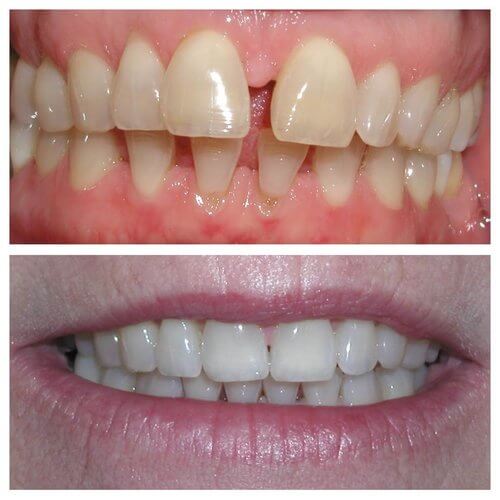
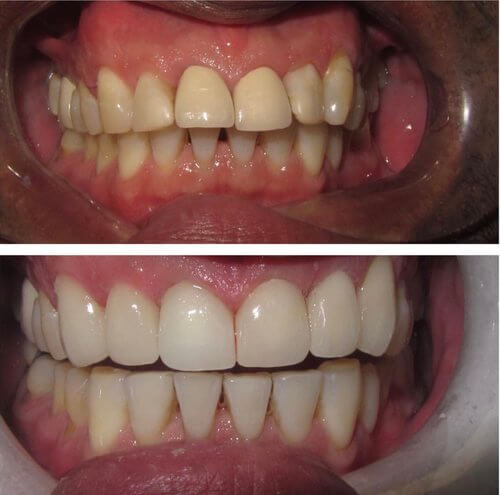
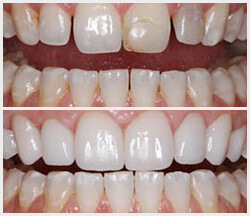
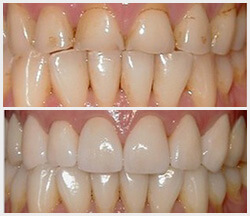
Put your best face forward.
Create a positive change to your teeth and your smile.
